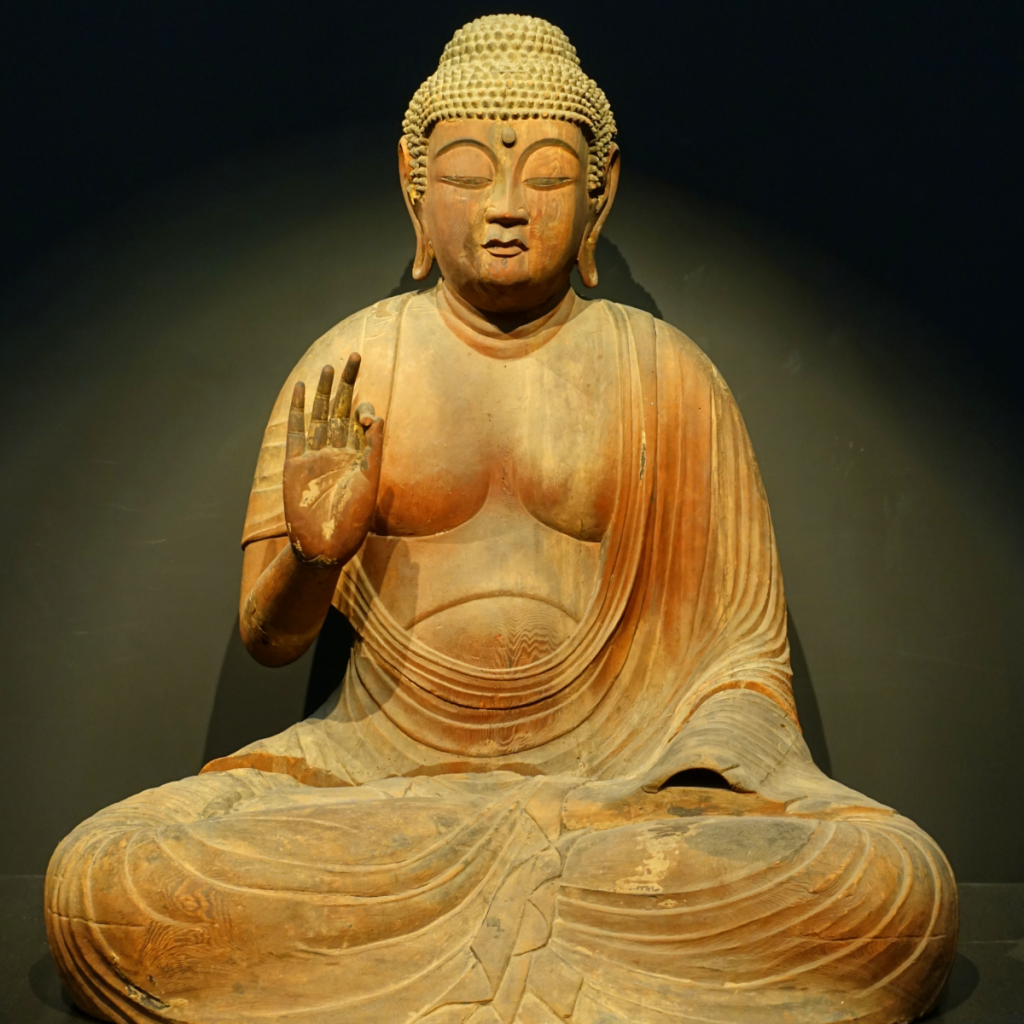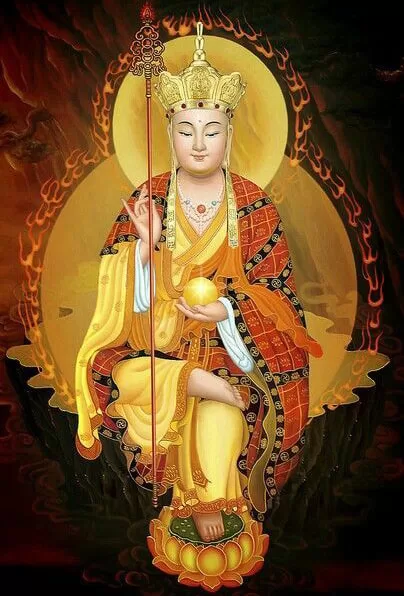Twenty-Five Bodhisattvas Procession At Sokujō-in Temple
Each year, in the mirth-filled month of October, The Sokujō-in temple, a sub-temple of the colossal Senyū-ji complex, becomes the location of a breathtakingly spiritual event known as Nijūgo Bosatsu Oneri Kuyō (Twenty-Five Bodhisattvas Procession Service). For believers in Pure Land Buddhism, this unique event symbolizes the promise of salvation, provided by the compassionate figure of Amida Buddha.

Heian Era Beliefs and Artistry of Bodhisattvas
The belief in Amida Buddha dates back to the end of the Heian era (around the 11th century) when people aspired to be delivered to the Land of Paradise. Representing this yearning and faith, Sokujō-in houses statues of 25 Bodhisattvas encompassing the deity Amidanyorai. Once a year, these embodiment of spiritual devotion come alive as children, covered in gold masks realerting tradition trailing around temple grounds.
Buddhist art often visualizes these teachings by portraying Amida Buddha and his bodhisattva cohort descending on clouds to accompany dying individuals to Pure Land. This procession doesn’t merely involve solemn marches but an array of music, dance, and songs.
The Ceremony Unfolds: Gold Masks, Music and More
At around 1:00 pm on the designated day, participants adorned in golden attires and masks that engulf their faces like helmets transform into bodhisattvas. Encased within luxurious brocade clothes, these participants cross an intricately erected bridge between two temple halls – manifesting scene reminiscent to Amida Buddha’s sacred journey with his retinue. It’s one of the most fascinating Kyoto events in October.
As part of their journey via this specially constructed bridge, they commence their service amidst temple statues. Nowadays, these monuments are revered as Important Cultural Properties of Japan. Leading them are dignified priests from head temple Sennyū-ji, along with yamabushi mountain ascetics trumpeting on special conch shell instruments.
Amidst Pages and Processions: A Divine Theatre
Sequencing this grand parade are young children or “pages,” traditionally referred to as chigo. They stride forward escorted by parents radiating pride – all clad in ceremonious kimonos matching footsteps with gagaku musicians that enhance the vibrant feel. Upon reaching Jizō-dō hall via the bridge pathway they place their offerings onto its altar, following which they retreat whilst bearing fresh flowers to present at the main hall altar.
The second passing sees pages carrying gold platters brimming with paper petals, adding more vibrant hues into already expressive scenario. As observers believe these petals bring good fortune, many reach out, hoping to catch one as it drifts away from platter.
A treasure pagoda is carried onto the bridge on a special palanquin, marking the commencement for the third pass. The entrance of masked “bodhisattvas” chanting sutras rhythmically steals attention. At the same time, parishioners join train representing divine figures marching across bridge replicating an image akin to Amida Buddha’s heavenly force crossing between our mortal world and Pure Land – a spectacle offering unparallel vision for everyone present.

Culminating Acts: Dance & Prayers
Following the culmination of processions, Jizō encased in bright orange mask (different from the golden ones worn by rest), lead the final tableau carrying instrumental props while others follow suit performing dances adding vivid movements against stark silence. Humming tunes of Sokujō-in’s wasan praise hymn accentuates this feeling leaving one wonderstruck, watching them crossing above everyone present.
On concluding marchings all bodhisattvas retrace steps back to main hall where central platform becomes abode for the treasure pagoda removed from the palanquin earlier. Completing ritualistic protocols bodhisattva trio viz. Kannon Bosatsu, Seishi Bosatsu, and Fugen Bosatsu perform a votive Dance of Pure Land around treasure pagoda.
It wraps up an eventful parade concluding final phases with their prayers before the altar, thus marking the termination of Nijūgo Bosatsu Oneri Kuyō – an event demonstrating insightful demonstration into practices dating back a thousand years ago – worth witnessing.
If you want to explore more about Kyoto’s rich culture and tradition, check out Saigū Gyōretsu. Saigū Gyōretsu is a grand procession held annually in October to reenact the historical journey of the Saio, unmarried princesses who served as shrine priestesses.